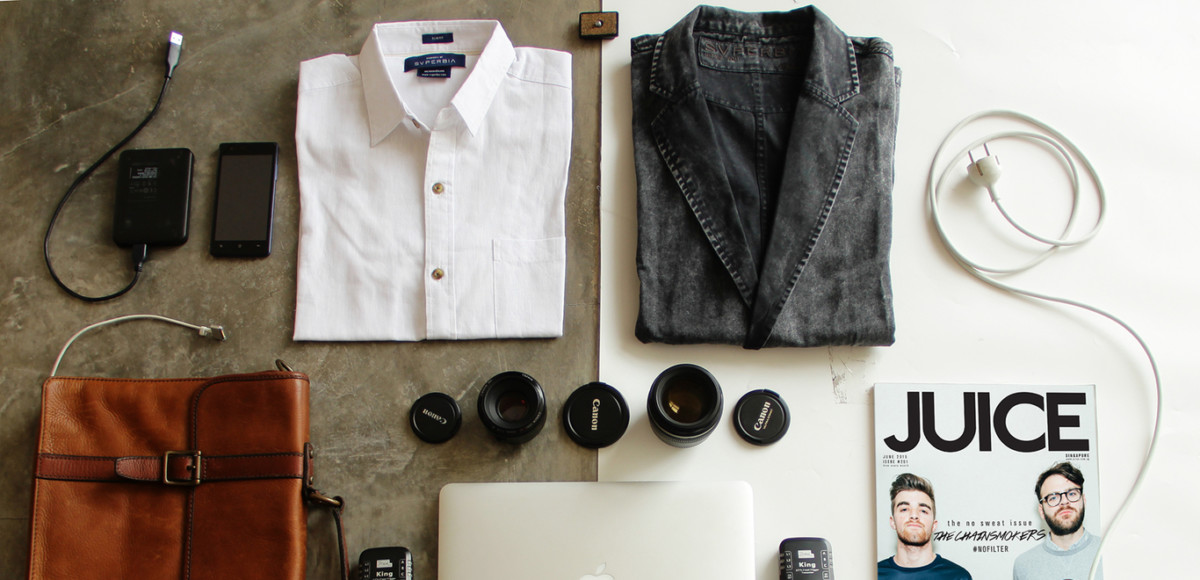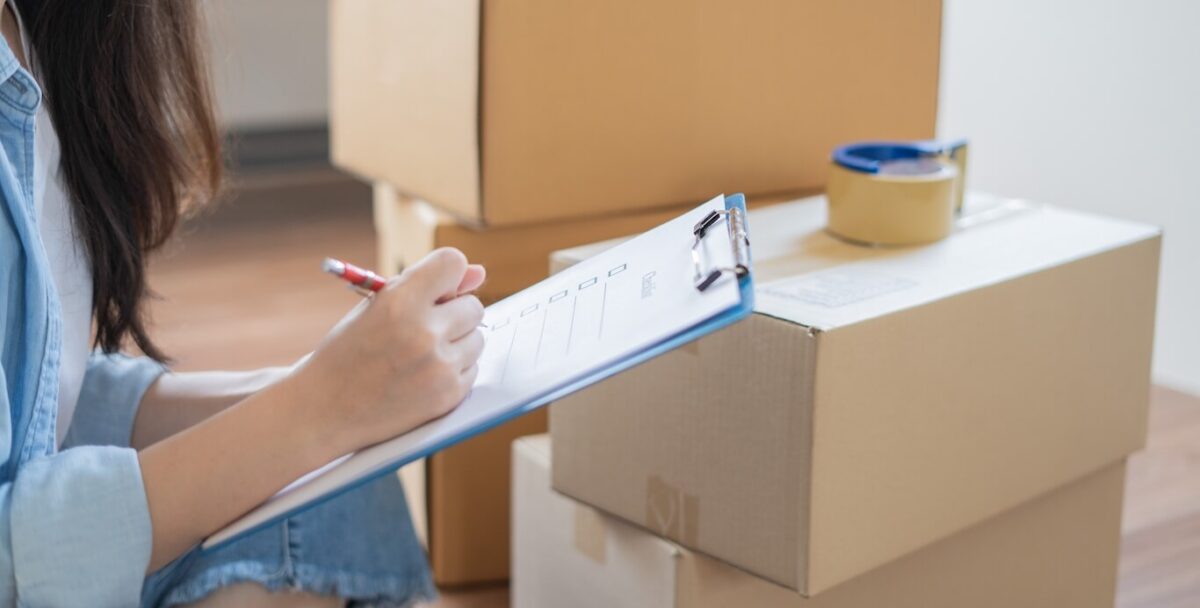By Heather R. Johnson
People move into temporary housing for many reasons: a job change, an internship, a home renovation, a military relocation. Whether your temporary phase will last a month or a year, you have serious packing decisions to make before you go. Put these tips to work to make sure you arrive at your temporary destination with everything you need.
Think Ahead
The length of your temporary move, the location, and the type of housing determine what you need to bring. You will need much less for a three-month stay in a furnished apartment than you would need for an extended stay in an unfurnished rental with your whole family in tow.
Ryan Carrigan, cofounder of moveBuddha, an online moving resource, advises to set a timeline and plan for any big events that may occur during your temporary stay:
“Will you have a wedding to attend in that time? Will taxes need to be filed? Asking these questions can help you avoid that moment of terror when you realize something you need is inaccessible in storage,” he says.
Clear Out Clutter
Moving is a great time to get rid of things you no longer need. Work through each room in your home and set aside clothes, kitchen items, and other belongings that take up space that you no longer need. Organize a garage sale or donate items to charity.
Sort the Essentials
Determine what to take with you and what to store. Take only what you need: the more you move, the more you’ll pay to move it. Essentials to have on hand include:
- Clothes: Consider the climate of your new locale and the time of year. Store winter coats if you’re moving to a year-round warm climate.
- Important Documents: You may need access to your social security card, passport, tax documents, or various other documents.
- High-Value and Sentimental Items: Keep expensive jewelry, family heirlooms, and other irreplaceable items with you.
- Electronics: Computers, phones, cameras, and chargers should stay with you. If your kids frequently play games, pack those too.
- Pet Care Items: Don’t forget essentials for your furry friends. Pack their food, toys, bedding, and other things that keep them happy.
- Supplies: You’ll need cleaning supplies to tidy up your old and new homes and a set of basic tools for taking apart and assembling furniture.
- Furniture: Deciding on the furniture to bring depends on your housing situation. If you’re moving to a furnished apartment, you won’t need any furniture. If you’re moving to an apartment during home remodeling, you may only need a few key items. Make a detailed list of what to bring, and don’t forget appliances and bedding.
Be Smart About Storage
“Temporary housing moves are basically like moving twice,” says Carrigan. “First, into storage, then out of it.” Moving companies often store belongings temporarily and move them to your permanent home when the time comes. Self-storage facilities offer low-cost, DIY solutions. Look for good security, individual alarms, and climate control.
Portable storage units offer a convenient solution, as you can park the unit in your driveway and pack at your leisure. “You can then have the unit stored and delivered directly to your new home,” says Carrigan. “It’s a great way to avoid all that extra labor and hassle.”
Consider Furniture Rental
Furniture rental allows you to live comfortably in your temporary home without needing to move a lot of furniture. CORT Furniture Rental works with you to furnish your space for as long as you need. Simply choose your items and set a delivery date, and the CORT team delivers and sets up your furniture, down to the last fluffed pillow. When it’s time to move into your permanent home, CORT will move out the furniture — no lifting required on your part.
Moving into temporary housing is stressful, but with proper planning, you can handle this challenge with ease.






